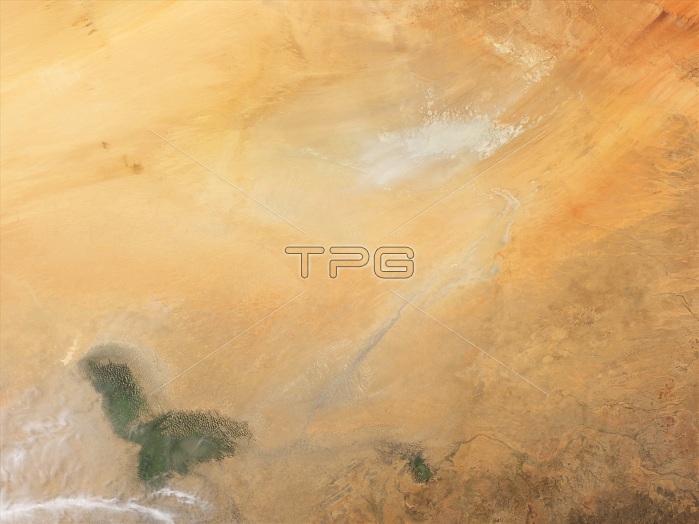
Geologic layering on Mars hints at past conditions. This image from the HI RISE high-resolution camera on board the Mars Reconnaissance Orbiter (MRO) shows multiple layers of exposed sedimentary rock on Mars in a region known as Arabia Terra. Referred to as yclic bedding?by geologists, this pattern of layering is caused by repeated fluctuations in the amount of sediment available to create new rock layers. This is often caused by long-term changes in the climate of a region, or even by wobbles in a planet rotation which can make certain areas experience long periods of dry climate followed by periods of wetter climate. If this is the case with these particular landforms on Mars, it may point to repeatedly wetter times in the red planet past. The layers seen in this image are up to 30 feet thick in places and have been deposited over tens of millions of years. The colour is not true colour but rather indicates different textures of material. Photo via Newscom
| px | px | dpi | = | cm | x | cm | = | MB |
Details
Creative#:
TOP21768272
Source:
達志影像
Authorization Type:
RM
Release Information:
須由TPG 完整授權
Model Release:
No
Property Release:
No
Right to Privacy:
No
Same folder images:
Restriction:
商業用途須申請

 Loading
Loading